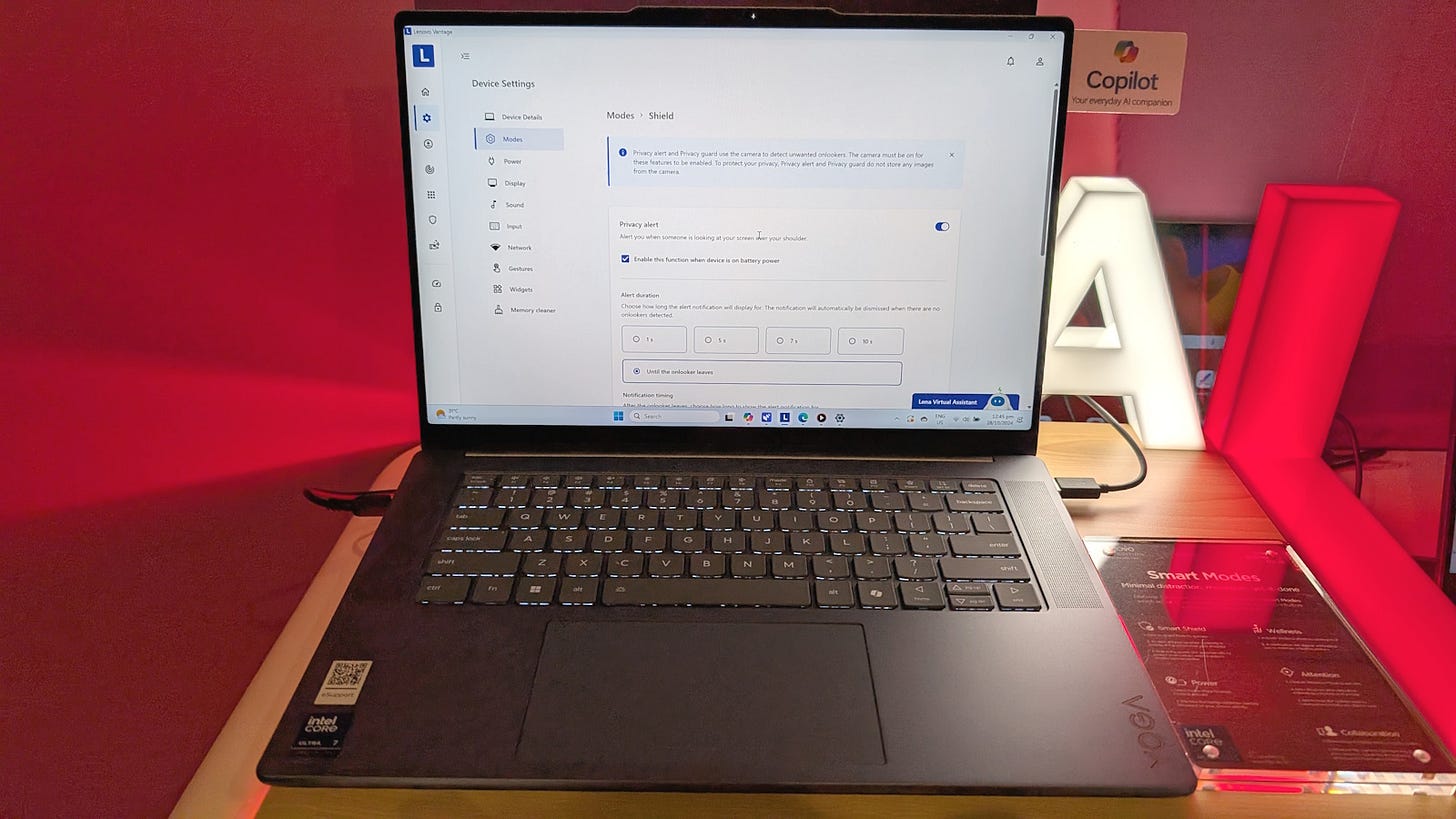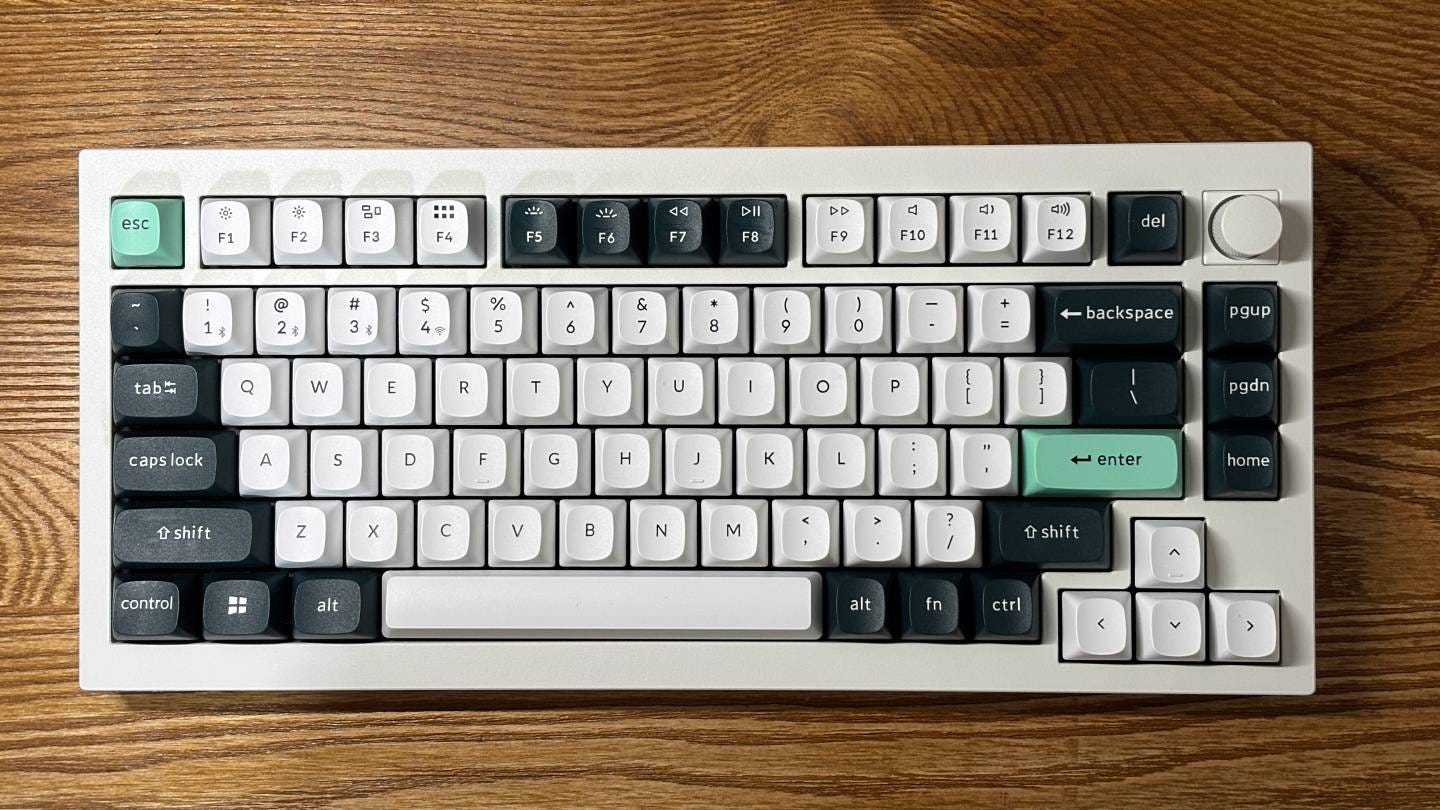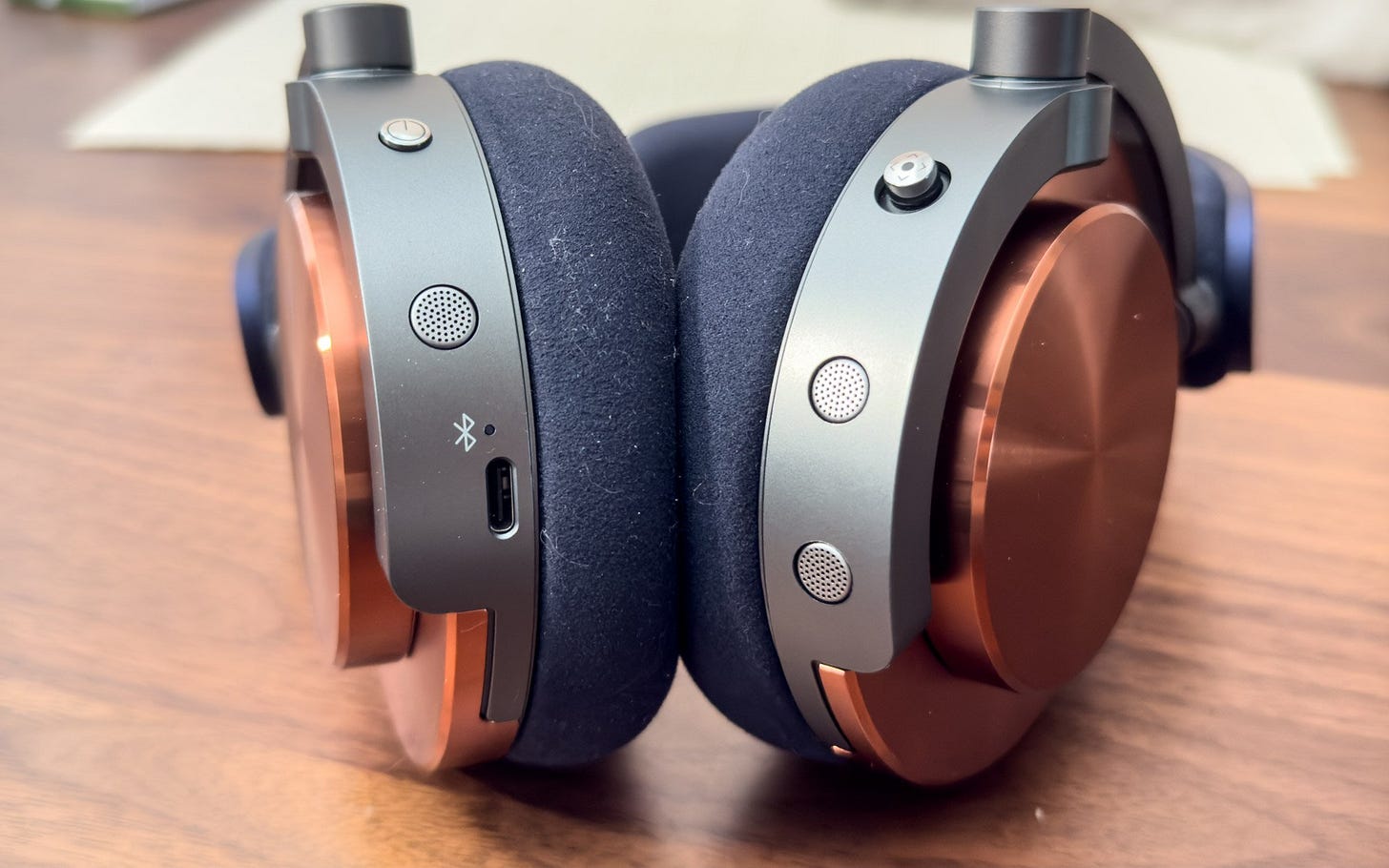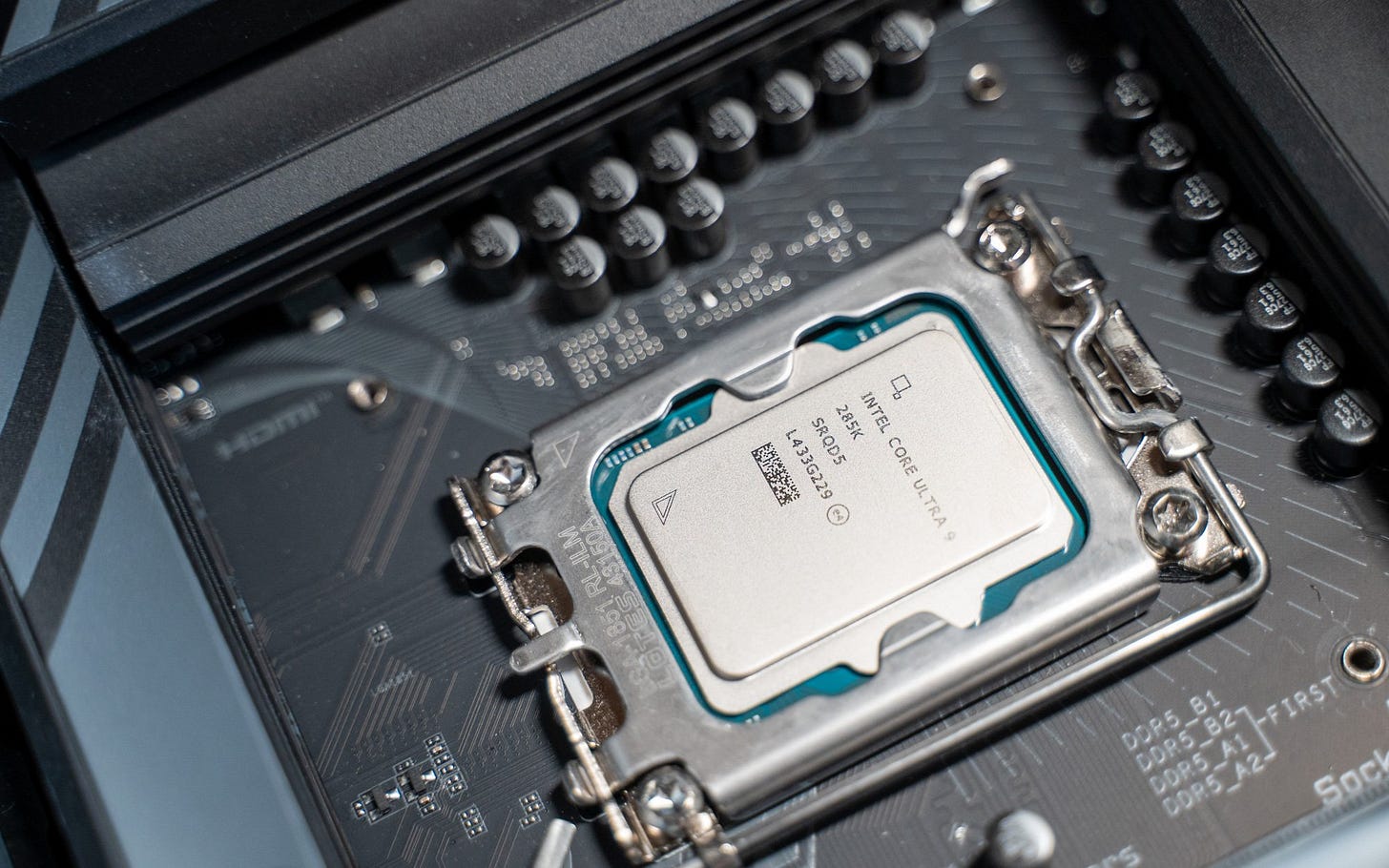AI headache for PC brands
Standing out in a field of Copilot+ PCs
AMD, Intel and Qualcomm may be rivals, but they were all under one roof at Lenovo’s AI PC event earlier this week in Singapore, where the PC maker showed off its latest AI-powered laptops. These Copilot+ PCs, featuring processors from these chipmakers, come with a neural processing unit (NPU) that, like the ones in smartphones, are designed specially to run AI apps.
While Copilot+ PCs already offer a rather diverse collection of AI features, from webcam filters in Windows Studio Effects to image generation in Paint, Lenovo has also created its own Lenovo Aura suite of AI features. Available only on select Intel-powered AI PCs, Lenovo Aura include features that protect your privacy, optimise battery life, enable easy file sharing between devices, and more.

My first impression of Lenovo Aura is that it looks very similar to existing tools, some of which have been around for years. But these features are now repackaged and repurposed around AI. The cynic in me says that in the past, they would have been dubbed “smart” instead of “AI”. Of course, even if these Lenovo Aura features aren’t exactly groundbreaking, they may well perform better than previous implementations — simply because the NPU in these laptops is more efficient at these tasks.
And herein lies the problem for PC brands. With Microsoft taking the lead on AI features for its Copilot+ branded PCs, it feels that PC makers are trying to find other ways — in order to differentiate their products — to add their value in the AI department. For example, Asus has an AI media hub called StoryCube, while HP has created its own AI assistant for its Copilot+ PCs.
For sure, it’s not easy to create standout AI features, especially when you consider that software development isn’t a forte for some PC brands. In fact, I would even say that the AI features in PCs are mostly inspired by what’s happening in smartphones. When it comes to AI, everyone is taking the lead from smartphone makers. With Microsoft rolling out even more Copilot+ features, the job is just only going to get more difficult.
This week, we tested Keychron’s new Hall Effect keyboard, tried out Dyson’s noise-cancelling headphones, and benchmarked Intel’s latest and greatest processors.
The Keychron Q1 HE features Hall Effect (HE) switches, which means users can set the switches’ actuation and reset points using Keychron’s web app. It’s a solidly-built keyboard that offers a good typing experience, and is designed to blend into the office. At S$330, it’s not cheap, but it’s a fair price for its features and performance.
Strip the air purification visor from the Dyson Zone, and you’ll get something like the Dyson OnTrac. It has similarly excellent noise cancellation, and the audio quality is great, too. However, it’s still heavy and rather chunky, and your ears may get sweaty when using these headphones in a humid climate.
The new Intel Core Ultra 200S processors are not significantly faster than the previous generation. But the chipmaker has managed to maintain a similar level of performance while drastically reducing the power consumption and heat output. And that’s a win in our books.





